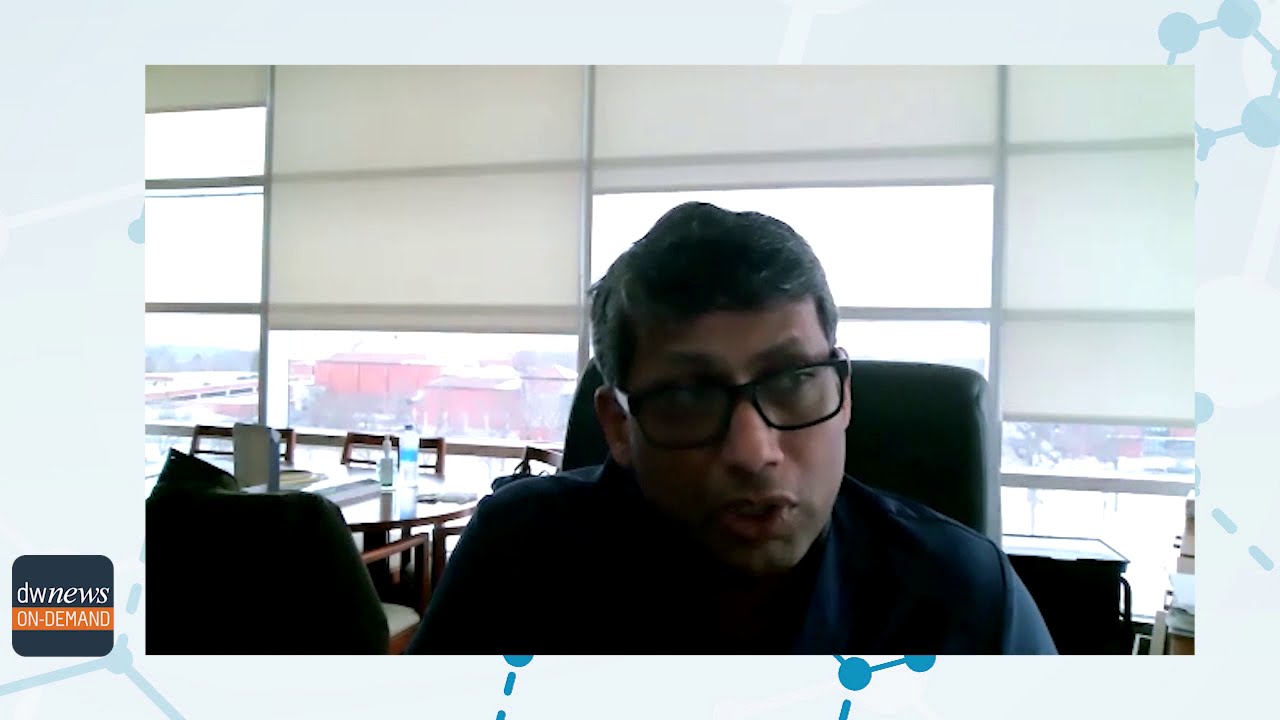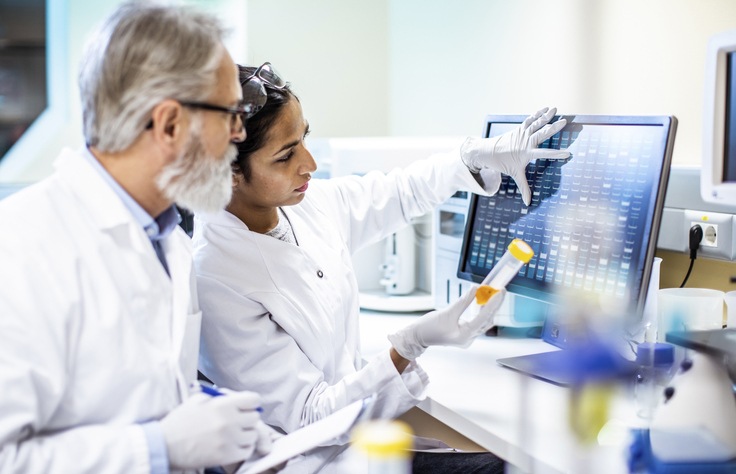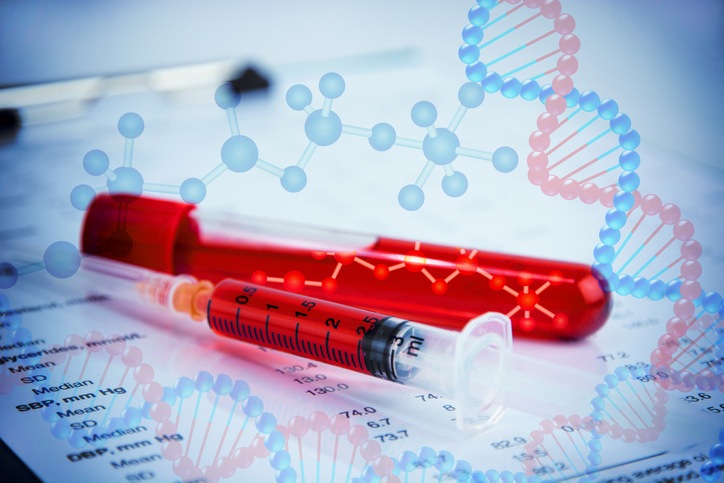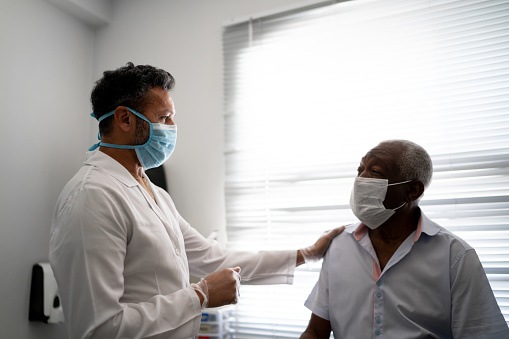ASH 2020: ZUMA-12 Study Assesses CAR T-Cell Therapy as Frontline Treatment for Large B-Cell Lymphoma
By Kerri Fitzgerald - Last Updated: April 10, 2023Sattva S. Neelapu, MD, of the University of Texas MD Anderson Cancer Center in Houston, TX, discusses outcomes from the phase II ZUMA-12 study, which assessed the CAR T-cell therapy axicabtagene ciloleucel (axi-cel) as first-line treatment for patients with large B-cell lymphoma.
DocWire News: Can you give an overview of the study design of the phase II ZUMA-12 study and highlight the findings?
Dr. Neelapu: This is a phase II, multicenter study of axi-cel as part of first-line therapy in patients with high-risk large B-cell lymphoma. At this meeting, we are presenting the interim analysis from this study. Axi-cel was previously approved for relapsed/refractory large B-cell lymphoma after two or more lines of therapy. In this study, we decided to evaluate that as part of first-line therapy. To be eligible for this study, the patients had to meet at least two different high-risk criteria. At initial diagnosis, they need to have a diagnosis of double-hit or triple-hit lymphoma or large B-cell lymphoma with International Prognostic Score of three or higher. In addition, we also had a dynamic risk assessment for these patients after undergoing two cycles of standard front-line chemotherapy with R-CHOP or R-EPOCH chemotherapy. Now they had to have a positive PET scan, another interim PET scan after two cycles defined with the dual score of four or five.
Once they are enrolled on the study, they underwent leukapheresis, followed by a conditioning chemotherapy with cyclophosphamide and fludarabine for three days, and then a single infusion of axi-cel at a dose of two million CAR-positive cells per kilogram body weight. The primary endpoint for the study was complete response rate. At the time of interim analysis with the data cutoff of August 25, 2020, 32 patients received conditioning chemotherapy and also received axi-cell CAR-T product. We found an overall response rate of 85% and a complete response rate of 74% with a median follow-up of 9.3 months; 70% of these patients had ongoing response. In fact, the median time to median duration of response (progression-free or overall survival) has not been reached to date.
The therapy itself has been fairly well tolerated. As expected, all patients developed cytokine release syndrome (CRS), but these were primarily grade 1 and grade 2, with 9% of the patients having grade 3 or higher CRS. Neurological toxicity was observed in 69% of the patients, but again most of these were grade 1 and grade 2, with 25% of the patients having grade 3 or higher neurologic toxicity. There were no grade 5 CRS or neurological events.
When we analyzed the CAR-T infusion product, we found that as compared to the ZUMA-1 study where the product was generated after two or more lines of chemotherapy in these patients where they received only two lines, two cycles of frontline chemotherapy, we found that the product had a higher frequency of a younger phenotype of CAR T-cells, defined by CD45 or a CCR7-positive phenotype, suggesting that these T-cells may have better fitness. That in fact was associated with greater CAR T-cell expansion that was observed on this study compared to the ZUMA-1 cohort.
In summary, I think this is the first study to evaluate CAR T-cell therapy as part of frontline therapy for large B-cell lymphoma patients who met at least two high-risk criteria—one defined by histology or International Prognostic Index and the second by a dynamic risk assessment. The therapy we found to be fairly well tolerated with very high overall response rate, as well as complete response rate of 74%, with 70% of the response ongoing after a median follow-up of nine months. We also found that the T-cell fitness appeared to be better with the phenotype of the CAR T-cells having a younger phenotype, naïve phenotype, which was associated with CAR T-cell expansion in these patients.
DocWire News: What are important take-aways from the study about axi-cel?
Dr. Neelapu: Like any other new product, axi-cel was initially evaluated in relapsed/refractory large B-cell lymphoma, where it was shown to be very high efficacy. Subsequently, it was also evaluated in the second-line setting on the ZUMA-7 study, which was a phase III, randomized study directly comparing axi-cel therapy with autologous stem cell transplantation. That trial has been competed, and the results are updated. This is the first time we are evaluating it as part of first-line therapy. This is an interim analysis of this study, so longer follow-up and complete final analysis is needed to see if these responses are durable. But if the long-term durability of the responses is confirmed, this provides a great need for this patient population who have a poor risk. However, it needs to be confirmed in a much larger study to be moved to a standard of care therapy in the future.
DocWire News: This study assessed the CAR T-cell therapy axi-cel in the first-line setting. What would the impact be of frontline CAR T-cell treatment for patients with large B-cell lymphoma if this were to be approved?
Dr. Neelapu: We are still quite far away from approval. However, currently patients with large B-cell lymphoma are treated with chemotherapy for six months or more. However, if CAR T-cell therapy was approved in the future, this could significantly shorten the duration of treatment for these patients. The main advantage for CAR T-cell therapy is it’s a single infusion therapy. So far, the data looks like this therapy can be much more effective than standard frontline chemotherapy. There’s a potential to improve the efficacy and curability of these high-risk patients. In addition, there’s a potential to significantly shorten the duration of therapy for these patients.







 © 2025 Mashup Media, LLC, a Formedics Property. All Rights Reserved.
© 2025 Mashup Media, LLC, a Formedics Property. All Rights Reserved.